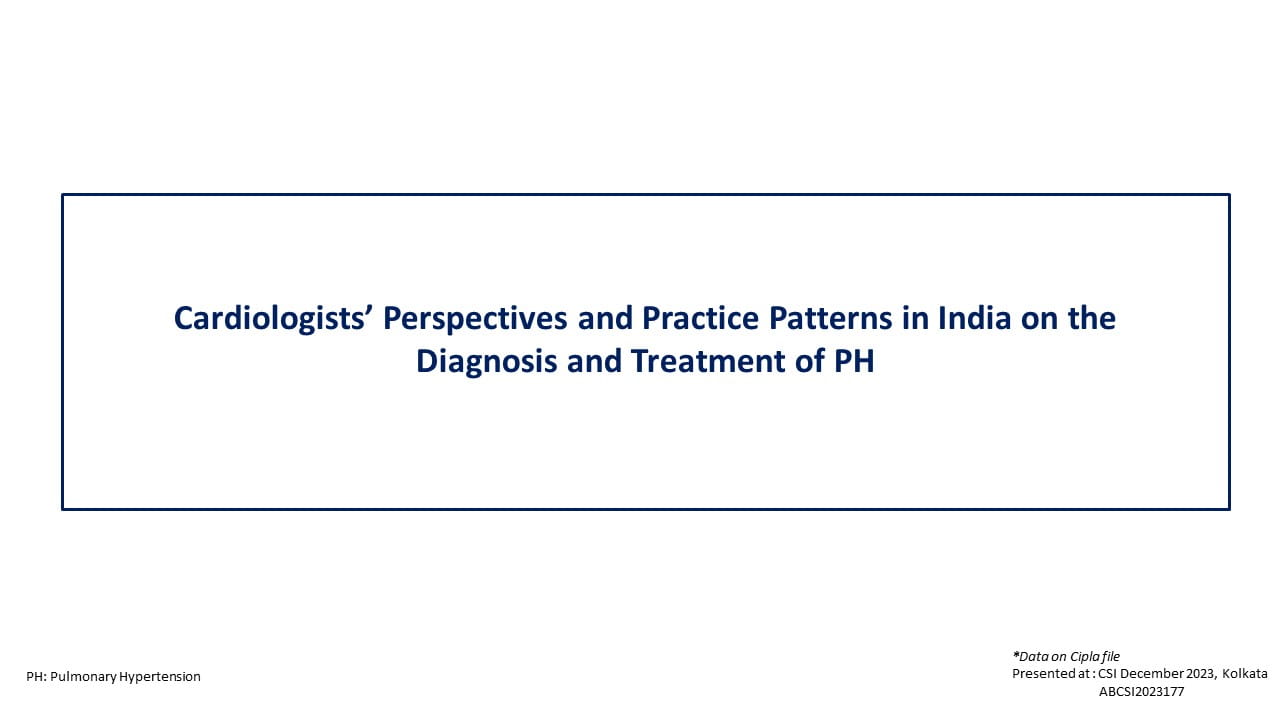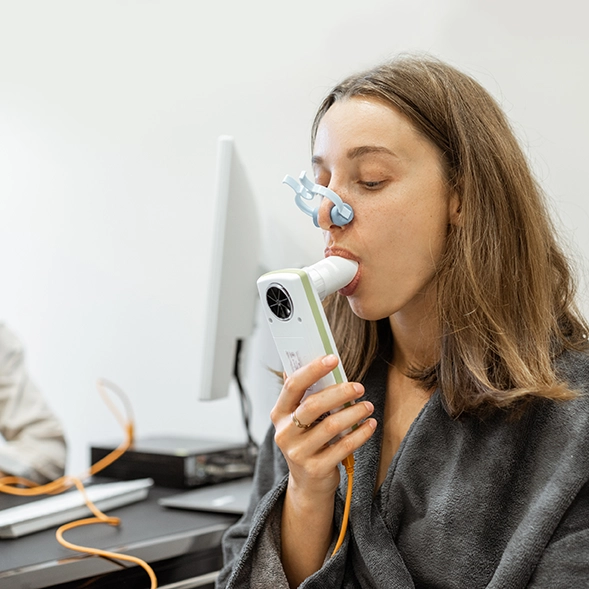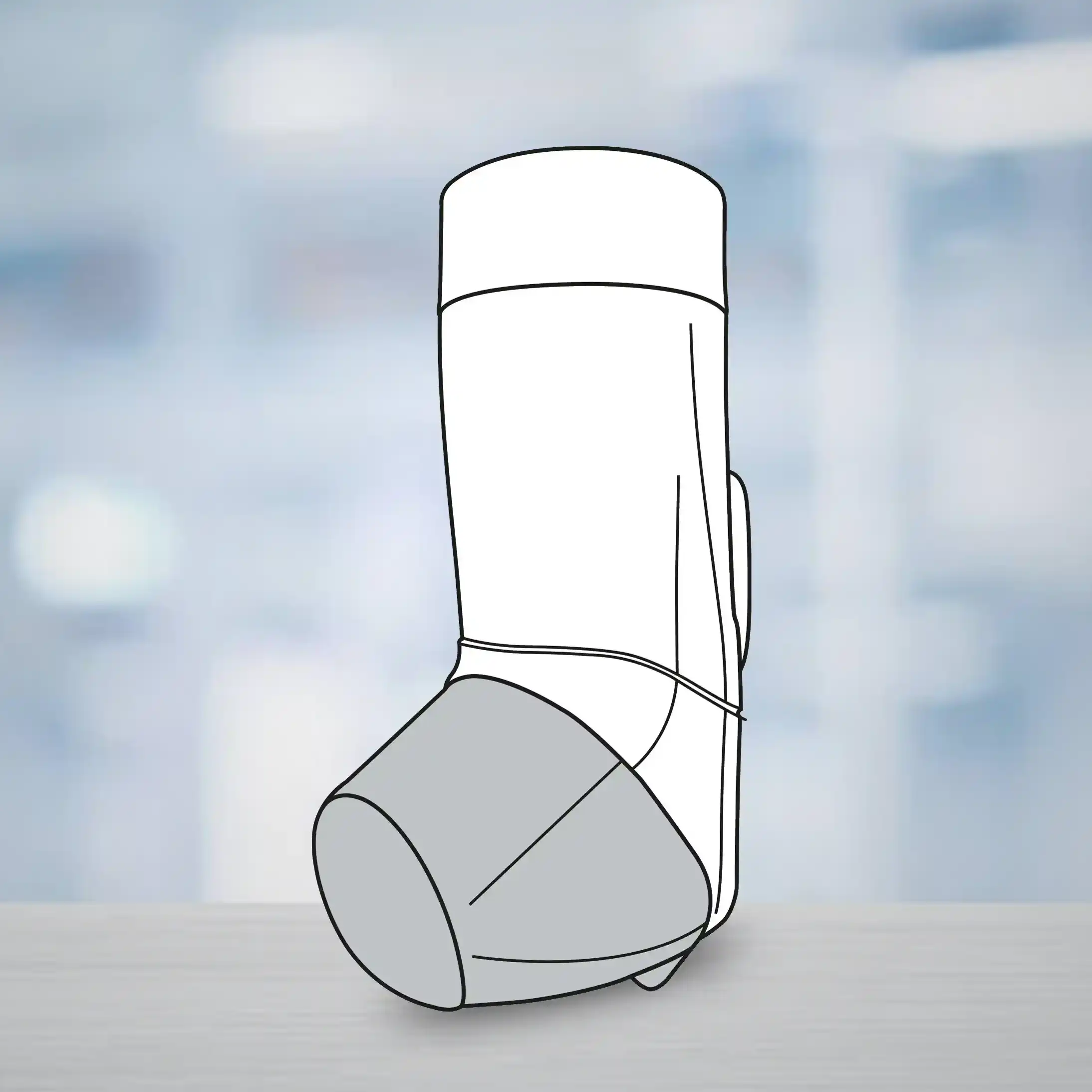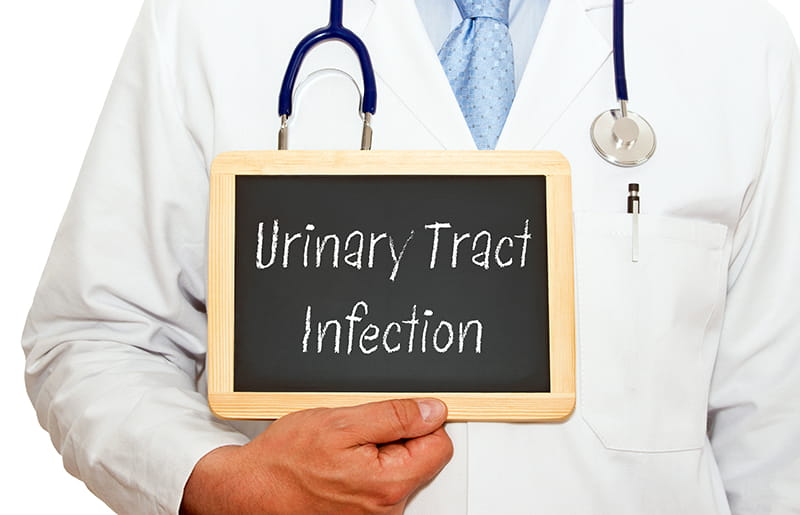Kidney Disease: Diagnosis
|
|
eGFRi | ||
|
≥60 mL/min |
30-59 mL/min |
<30 mL/min | |
|
UP/Ciii <50 |
Regular Follow-up |
|
|
|
UP/Ciii 50-100 | |||
|
UP/Ciii >100 | |||
Management of HIV-associated Kidney Diseasevi
|
Prevention of progressive renal disease |
Comment |
|
1.Antiretroviral therapy |
Start ART immediately where HIV-associated nephropathy (HIVAN)vii or HIV immune complex disease strongly suspected. Immunosuppresive therapy may have a role in immune complex diseases. Renal biopsy to confirm histological diagnosis recommended |
|
2.Start ACE inhibitors or angiotensin-II receptor antagonists if: a.Hypertension, and/or b.Proteinuria |
Monitor eGFR and K+ level closely on starting treatment or increasing dose a) Blood pressure target: <130/80 mmHg |
|
3.General measures: a.Avoid nephrotoxic drugs b.Life style measures (smoking, weight, diet) c.Treat dyslipidaemiaviii and diabetesix d.Adjust drug dosages where necessary |
CKD and proteinuria are independent risk factors for CVD |
iFor eGFR: Use CKD-EPI formula based on serum creatinine, gender, age and ethnicity because eGFR quantification is validated > 60 mL/min. The abbreviated modification of diet in renal disease (aMDRD) or the Cockcroft-Gault (CG) equation may be used as an alternative; see http://www.hivpv.org/. Definition CKD: eGFR < 60 ml/min for > 3 months (see http://kdigo.org/home/guidelines/ckd-evaluation-management). If not previously known to have CKD, confi rm pathological eGFR within 2 weeks. Use of DTG, COBI and RTV boosted PIs is associated with an increase in serum creatinine/reduction of eGFR due to inhibition of proximal tubular creatinine transporters without impairing actual glomerular filtration: consider new set point after 1-2 months
iiUrinalysis: Use urine dipstick to screen for haematuria. To screen for proteinuria, use urine dipstick and if ≥1+ check urine protein/creatinine (UP/C), or screen with UP/C. Proteinuria defined as persistent if confirmed on ≥ 2 occasions > 2-3 weeks apart. If UP/C not available, use urine albumin/creatinine (UA/C), see iii
iiiUP/C in spot urine is preferred to UA/C as detects total urinary protein secondary to glomerular and tubular disease. UA/C largely detects glomerular disease and can be used for screening for HIV-associated renal disease where UP/C is not available, but is not appropriate for screening for tubular proteinuria secondary to drug nephrotoxicity (e.g. TDF). If both UP/C and UA/C are measured, UP/C > UA/C suggests tubular proteinuria.Screening values for UA/C are: < 30, 30-70 and > 70. UA/C should be monitored in persons with diabetes. UPC ratio is calculated as urine protein (mg/L) / urine creatinine (mmol/L); may also be expressed as mg/mg. Conversion factor for mg to mmol creatinine is x 0.000884
ivRepeat eGFR and urinalysis as per screening table, ERA 1
vSee Dose Adjustment of ARVs for Impaired Renal Function
viJoint management with a nephrologist
viiHIVAN suspected if black ethnicity & UP/C > 100 mg/mmol & no haematuria
viiiSee ERA 3
ixSee ERA 3
xDifferent models have been developed for calculating a 5-years CKD risk score while using different nephrotoxic ARVs integrating HIV-independent and HIV-related risk factors
ART: Drug-associated Nephrotoxicity
|
Renal abnormality* |
Antiretroviral Drug |
Managementvi |
|
Proximal tubulopathy with any combination of:
|
Tenofovir |
Assessment:
Consider stopping tenofovir if:
|
|
Nephrolithiasis
|
Indinavir Atazanavir (Darunavir) |
Assessment
Consider stopping atazanivir/indinavir if:
|
|
Interstitial nephritis:
|
Indinavir Atazanavir |
Assessment:
Consider stopping Indinavir/Atazanavir if:
|
|
Progressive decline in eGFR, but none of the abovev |
Tenofovir Ritonavir boosted protease inhibitors |
Complete assessment:
|
* Use of Cobicistat (COBI), Dolutegravir (DTG), Rilpivirine (RPV), and also PI/r is associated with an increase in serum creatinine/reduction of eGFR due to inhibition of proximal tubular creatinine transporters without impairing actual glomerular filtration: Consider new set point after 1-2 months
iUP/C in spot urine detects total urinary protein including protein of glomerular or tubular origin. The urine dipstick analysis primarily detects albuminuria as a marker of glomerular disease and is inadequate to detect tubular disease.
iiFor Estimated Glomerular Filtration Rate (eGFR): Use Chronic Kidney Disease Epidemiology Collaboration (CKD-EPI) formula. The abbreviated MDRD (Modification of Diet in Renal Disease) or the Cockcroft-Gault (CG) equation may be used as an alternative, see http://www.hivpv.org/
iiiSee Indications and Tests for Proximal Renal Tubulopathy (PRT)
ivMicroscopic haematuria is usually present.
vDifferent models have been developed for calculating a 5-years CKD risk score while using different nephrotoxic ARVs integrating HIV-independent and HIV-related risk factors
Indications and Tests for Proximal Renal Tubulopathy (PRT)
|
Indications for proximal renal tubulopathy tests |
Proximal renal tubulopathy testsiv, including |
Consider stopping tenofovir if |
|
|
|
iFor eGFR: Use CKD-EPI formula. The abbreviated MDRD (Modifi cation of Diet in Renal Disease) or the Cockcroft-Gault G) equation may be used as an alternative, see http://www.hivpv.org/
iiSerum phosphate < 0.8 mmol/L or according to local thresholds; consider renal bone disease, particularly if alkaline phosphatase increased from baseline: measure 25(OH) vitamin D, PTH
iiiUP/C in spot urine: Detects total urinary protein, including protein of glomerular or tubular origin. The urine dipstick analysis primarily detects albuminuria as a marker of glomerular disease and is inadequate to detect tubular disease
ivIt is uncertain which tests discriminate best for tenofovir renal toxicity. Proximal tubulopathy is characterised by proteinuria, hypophosphataemia, hypokalaemia, hypouricaemia, renal acidosis, and glucosuria with normal blood glucose level. Renal insufficiency and polyuria may be associated. Most often, only some of these abnormalities are observed
vTests for tubular proteinuria include retinol binding protein, ?1- or ?2-microglobulinuria, urine cystatin C, aminoaciduria
viQuantified as fractional excretion of phosphate (FEPhos): (PO4 (urine)/PO4 (serum))/(Creatinine (urine)/Creatinine (serum)) in a spot urine sample collected in the morning in fasting state. Abnormal >0.2 (>0.1 with serum phosphate <0.8 mmol/L)
viiSerum bicarbonate <21 mmol/L and urinary pH >5.5 suggests renal tubular acidosis
viiiFractional excretion of uric acid (FE UricAcid): (UricAcid (urine)/UricAcid (serum)) / (Creatinine (urine) /Creatinine (serum)) in a spot urine sample collected in the morning in fasting state; abnormal >0.1
Reference
EACS Guidelines, Version 8.0 – October 2015










